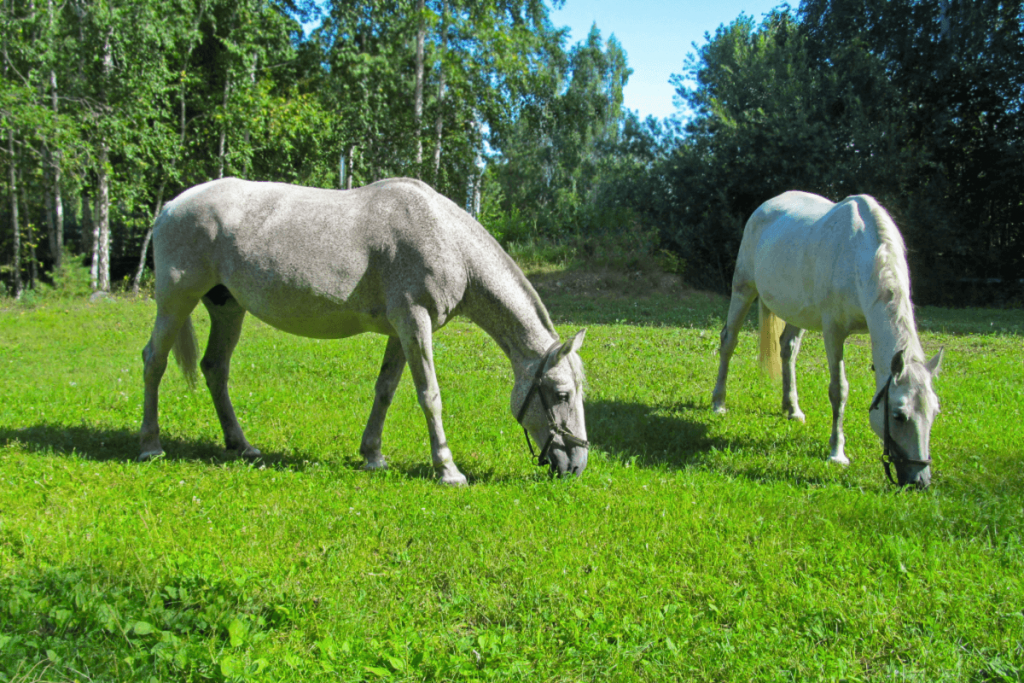With spring in full bloom in our Adelaide Hills region and the weather warming up, the flush in green grass puts horses at high risk of laminitis.
Laminitis is a painful and potentially debilitating condition that we unfortunately see all too often in horses and ponies. In this blog, we’ll explore the risk factors, symptoms, and treatment options for laminitis.
What is laminitis?
In a nutshell, laminitis is an inflammatory condition that affects horses’ hooves. It’s the result of a disruption of the blood flow to the sensitive laminae within a horse’s hooves. When the laminae becomes inflamed or damaged, it can lead to severe lameness and even permanent structural damage to the hooves.
Laminitis can be a chronic, intermittent, or short-term condition.
Key risk factors for laminitis in horses
The number one risk factor for laminitis in horses is sudden access to lush, green pastures – which typically occurs in spring. Feeding on large amounts of carbohydrate-rich feed can disrupt a horse’s digestive system, and lead to an overloading of sugars in the bloodstream.
Endocrine diseases such as PPID (also known as Cushings disease) and Equine Metabolic Syndrome (EMS) can also increase a horse’s vulnerability to laminitis.
Ponies, donkeys, miniature horses and heavier breeds such as draft horses are also at a higher risk of developing laminitis, as are horses who are overweight.
Laminitis symptoms
It’s important to look out for the signs of laminitis, as early diagnosis is essential for preventing permanent damage to the hoof.
Signs to watch out for include:
- Lameness, including shifting when standing
- Reluctance to get up after lying down
- Leaning back onto the hind feet
- Increased hoof temperatures
- Swelling in the limbs
- An increased digital pulse in the foot
- An increased heart rate
- Colic-like symptoms
Treatment options
If you suspect your horse has laminitis, it’s important to seek prompt veterinary attention. The treatment of laminitis typically involves pain relief, NSAIDs to ease inflammation, box rest and dietary changes. Foot support is also an important part of treatment to help limit movement of the pedal bone, thus reducing your horse’s pain levels.
Unfortunately, once a horse has had laminitis, they are a higher risk of developing it again. As always, prevention is better than cure. Keeping your horse’s feet in top shape and regularly attended to by a farrier is one key preventative measure, along with a diet that is carefully balanced and doesn’t contain too many carbohydrates and fructans.
Need advice? Contact the Cameron Veterinary Services team
If you’re concerned that your horse, donkey or pony is showing signs of laminitis, or another health issue, please don’t hesitate to contact the Cameron Veterinary Services team for advice. You can call us on 08 8318 1801.



